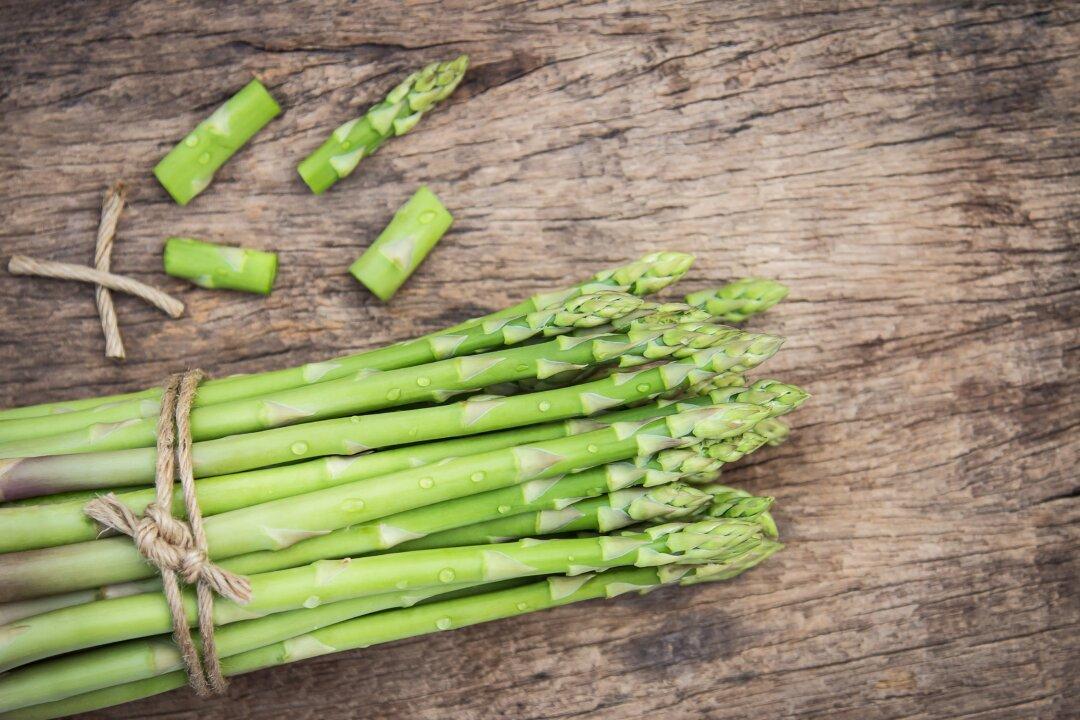In many locations, when spring arrives the very first vegetable that pokes its head out of the ground is the asparagus. This delightful vegetable heralds in the growing season with its fleshy green stalks, each rising up about 6 to 8 inches tall. They have a regal quality, looking both bold and strong.
Although this spring vegetable is a loved food, there is something about it that makes it seem intimidating, because many people are unsure what to do with them. That could be why people frequently question how they should eat asparagus and how to prepare it.





